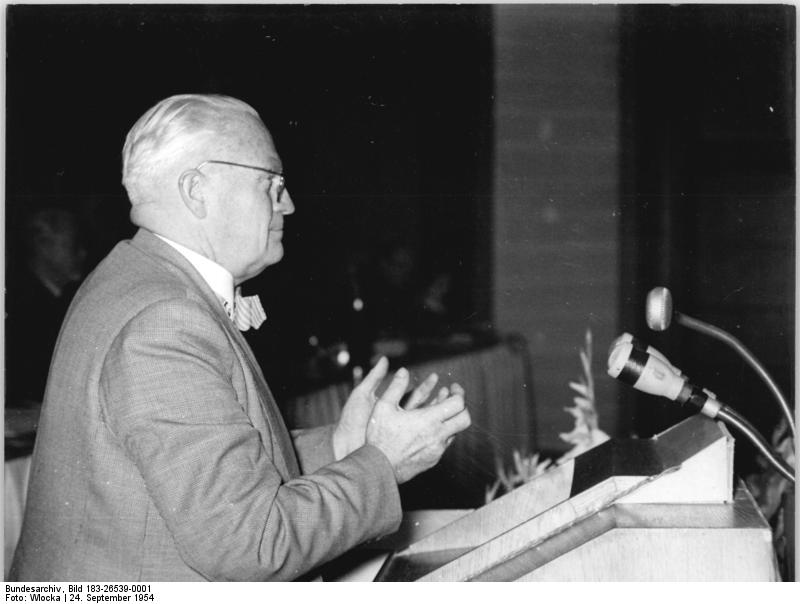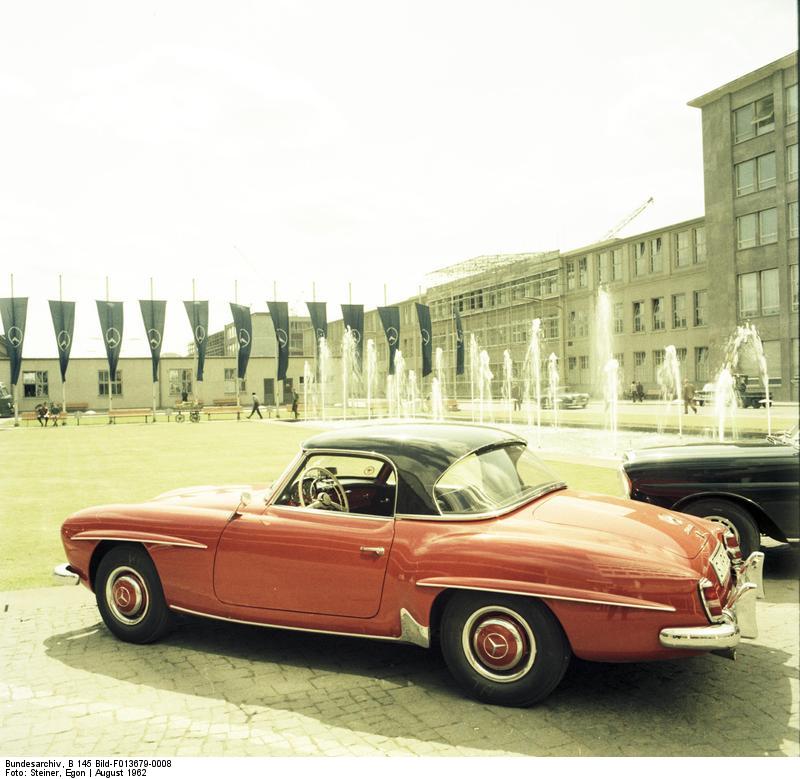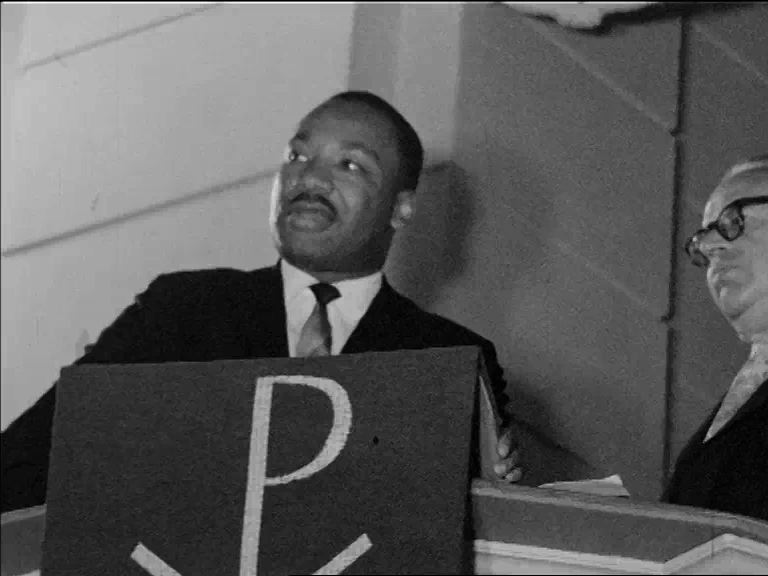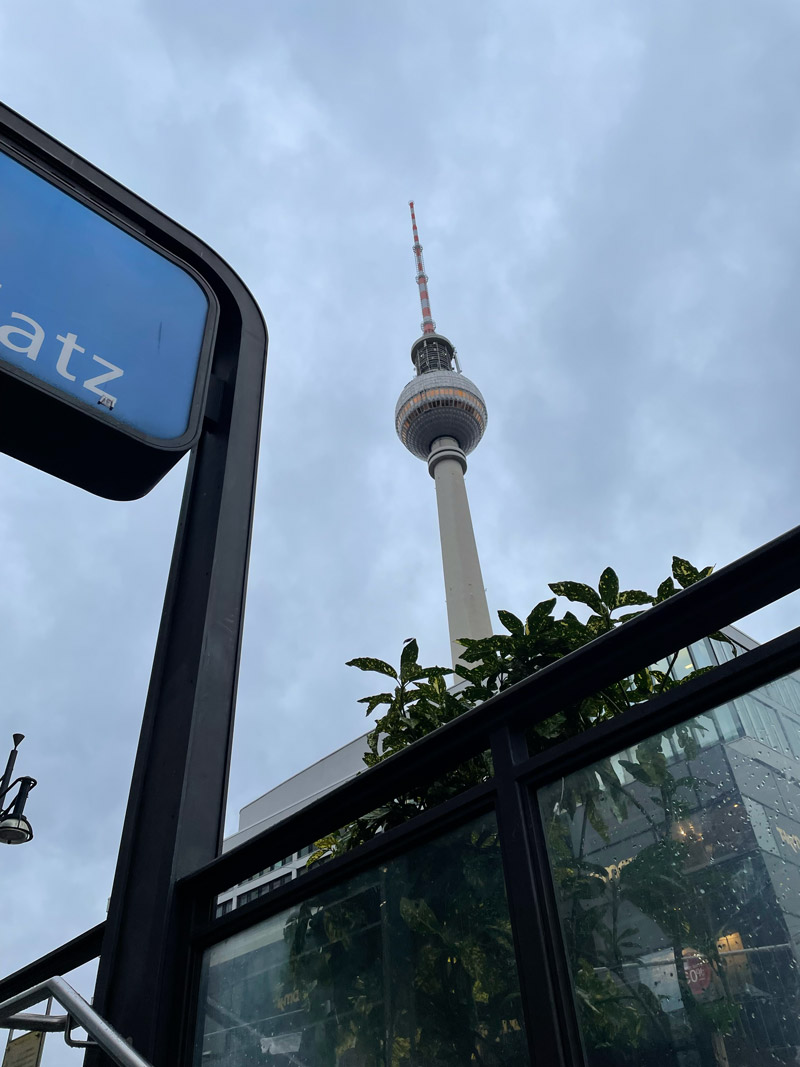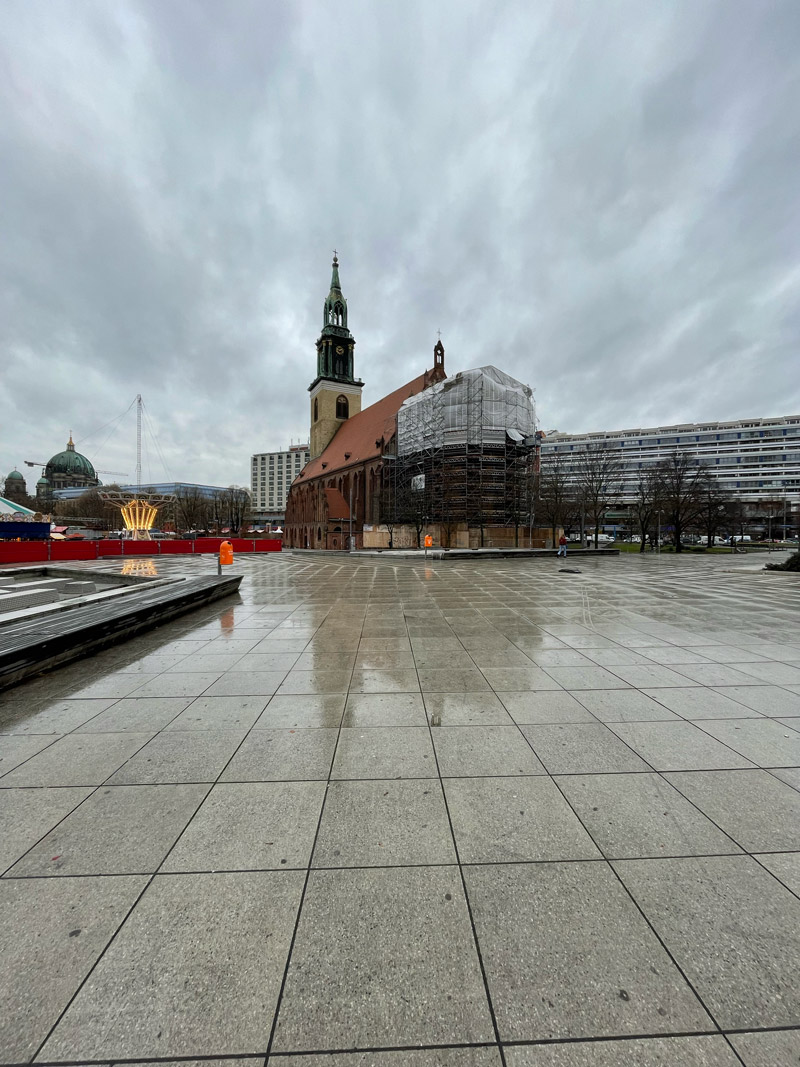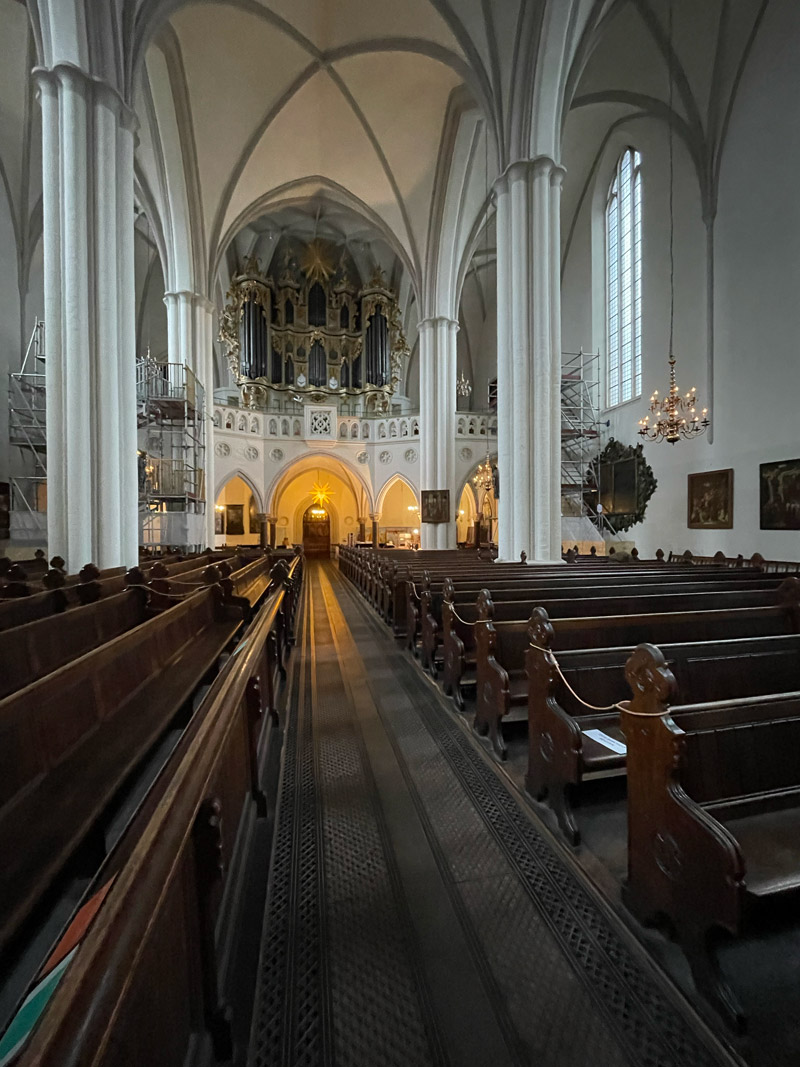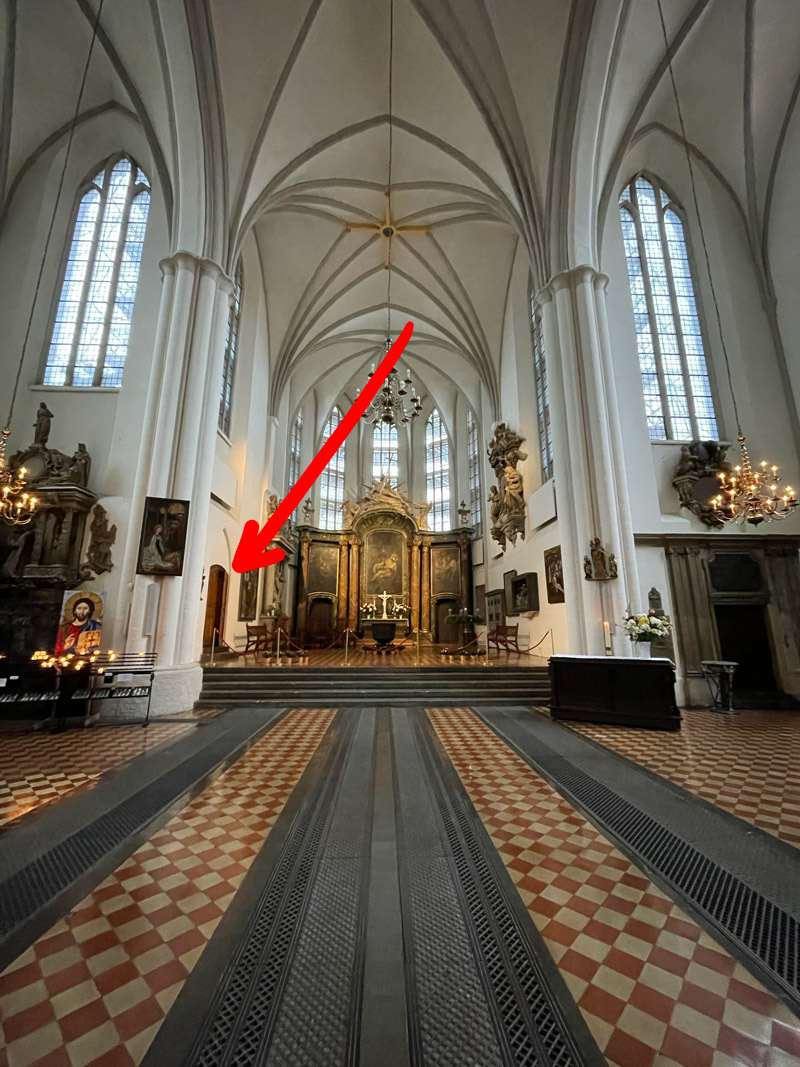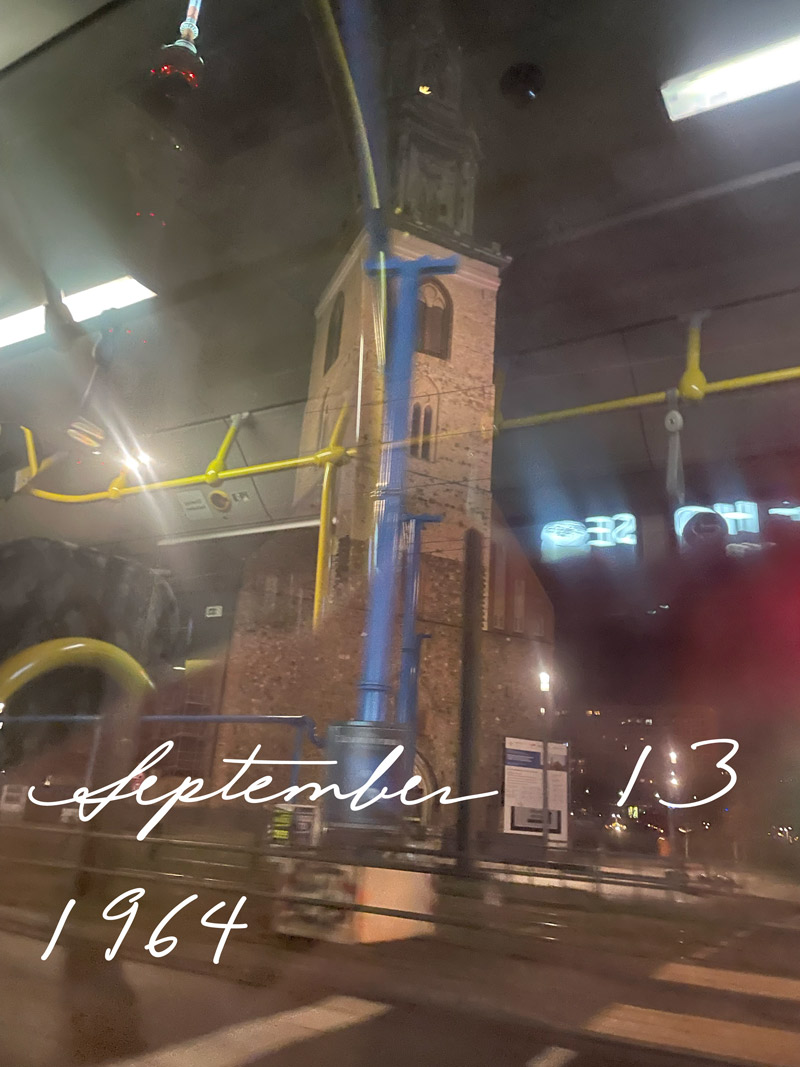
There’s a new update available to the Martin Luther King Font. You can download the font from your account:
You are new? Download the font for free here:
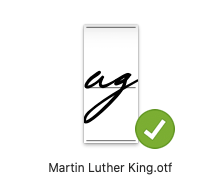
This update adds three new letterforms, lowercase final-letter y and w, and an isolated letter form a. Further, the altering mechanism in the font is completely updated.
The new version will show up in your font menu as “Martin Luther King 2021 December”. I recommend uninstalling older versions to keep your font menu organized.
A big “Thank you.”
to everybody who supported the creation of the font this month. This update is possible because of the financial support of 20 people from around the world. I want to take some space to thank them:
J. Harris, Montgomery, Al 🇺🇸
J. Horton, North Turramurra, NSW 🇦🇺
N. Renner, New Britain, CT 🇺🇸
B. Desclee, Brussels 🇧🇪
K. Engelbrecht, Bern 🇨🇭
R. Wampler, Colorado Springs, CO 🇺🇸
H. de Wolf, Zaandijk 🇳🇱
K. Tilley, Linthicum Heights, MD 🇺🇸
C. Smith, Nedlands, WA 🇦🇺
J. Ford, New York, NY 🇺🇸
P. Herman, Bonsall, CA 🇺🇸
F. Chaplais, Ile de France 🇫🇷
J. Holze, Magdeburg, Saxony-Anhalt 🇩🇪
N. Wilson, Broken Arrow, OK 🇺🇸
T. Zwitserlood, Amsterdam, NH 🇳🇱
J. Wilson, Nashville, TN 🇺🇸
G. Sjölin, Örebro 🇸🇪
F. Engerer, Nürnberg, Bavaria 🇩🇪
H. Billetter, Kerpen, North Rhine-Westphalia 🇩🇪
Join the list of supporters:
Transparency is important. Please find a detailed spreadsheet with the total number of supporters and donations →here.
Let’s talk fonts.
This update adds three new letterforms, lowercase final-letter y and w, and an isolated letter form a. Further, the altering mechanism in the font is completely updated.
The alphabet has uppercase and lowercase letters, but when looking at handwriting, one can notice that lowercase letters are drawn differently at the middle, beginning, or end of a word. In English, isolated letterforms appear for “I” and “a” and are drawn differently from a standard form connecting to other letters.
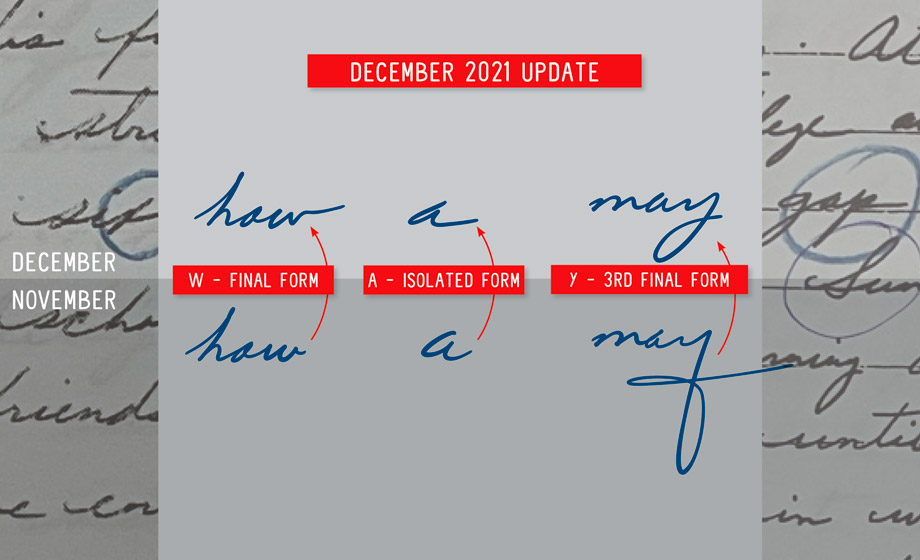
Dr. King’s handwriting shows that these initial and final forms are significant. To me, it even seems that there is a kind of joy in the swashes and intricate forms we find at the beginning and end of his handwritten words. It is important to me to bring these forms into the font. Then, as you type, the font automatically chooses the right letterform for you.
Especially the lowercase y at the end of a word stuck out to me. And going through Dr. King’s manuscript, I noticed many different y’s at the end of a word. The font already has two final y forms, but I found they stand out too much because of their extravagant shape.

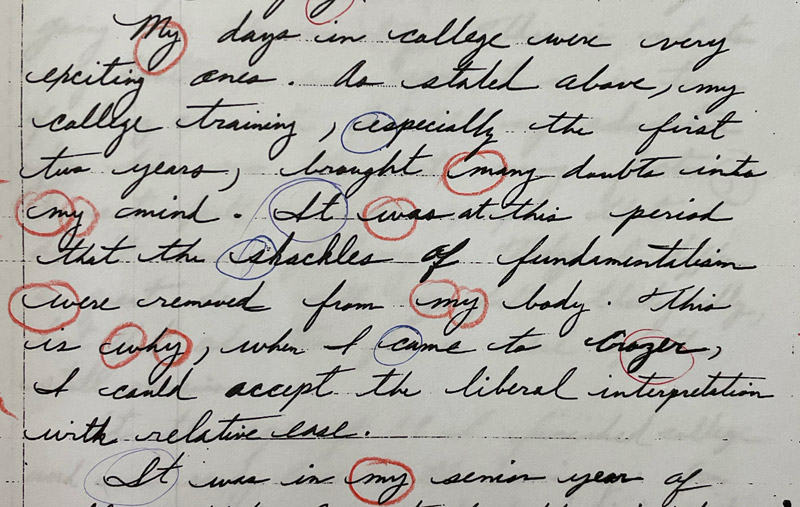
I added a third form to solve this problem. This would be a bit more in tune with the regular letters. Then I changed the altering mechanism of the font entirely from the ground up to make this more common form appear more often. The altering mechanism is set to display the new shape 50% of the time.
These changes may seem small, but it enriches the reading experience with variety. And I find this kind of complexity is very pleasing for the eye.
If this is not working on your computer, look at the tutorial from →Update #16 on activating Initial and Final Forms, it might help.
Below you see the new letters in the context of the original manuscripts “An Autobiography of Religious Development” Page 12 and 13. These are photocopies I use to mark potential candidates for the font.
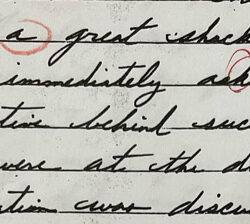
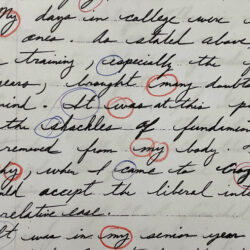
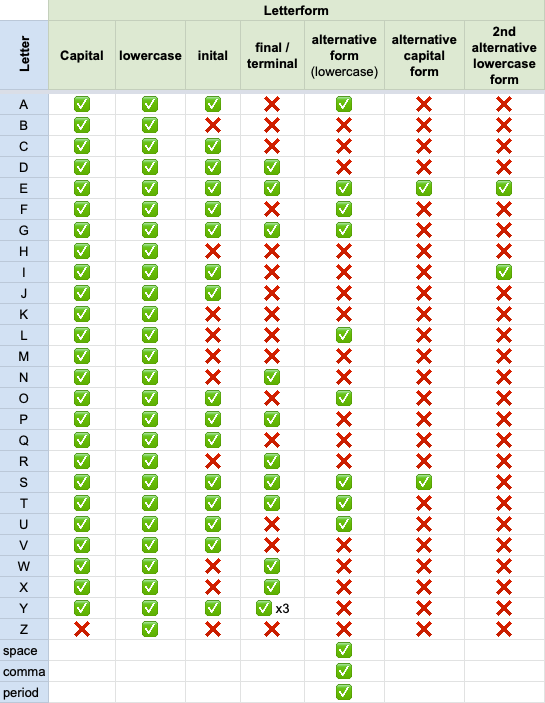
Dr. King in East Berlin
Early last week, I visited Berlin for a workshop and catch up with some friends and colleagues. I was not thinking about the Martin Luther King font at all. One evening after midnight, I left a colleague’s place in Berlin Mitte, and because of construction work, no train was going, but instead a replacement bus.
Taking the bus and having a few calm minutes to myself, I started to think about the font project and that it began in 2014 listening to a recording of a speech Dr. King gave in a church in Berlin. (You can listen to an excerpt of Dr. King’s speech in the project description.)
I remembered the name Marienkirche, but I had no idea where it was. So sitting on the bus, I took out my phone and searched Marienkirche. The answer came promptly “58 meters to your left”. On the driving bus, I turned to my left, opened the phone’s camera, and took this picture.
What a coincidence, right? I rescheduled the next day to have time to visit the church and take some pictures that I wanted to share with you, together with the update of the font.

Here is a little background to Dr. King’s visit to Berlin in 1964
The city is split into East and West Berlin. West Berlin is surrounded by East Germany and occupied by the Western Allies of the Second World War. When King landed, the rumor says the American embassy wanted to prevent him from entering East Berlin and cause unforeseeable trouble and took King’s passport off him. Without a passport, it was impossible to enter East Germany. However, the legend says that Dr. King used his American Express card to identify himself, which is unusual when entering a communistic country. The East German Border officer probably recognized the famous visitor and accepted a credit card, like the one here, for official identification.

Who invited Dr. King to go to East Berlin?
Two people invited King to come to Berlin. First, Willy Brandt, the then-mayor of West Berlin and later chancellor of Germany (1969-74), invited King around 1961 in New York. Further, Dr. King was in contact with Pastor Heinrich Grüber, who invited him to talk at Marienkirche. Grüber was known for helping the Jewish community under Hitler by organizing faked passports to cross the border; his activities led to detention in concentration camps Dachau and Sachsenhausen. Now despite his fame and position as a pastor at prominent Marienkirche, East Germany withdrew his citizenship in 1961. He was no longer able to cross the border within the city to serve his community in the eastern part. So Grüber was able to welcome King in West Berlin but couldn’t accompany him to a sermon in his church. One can only imagine what these two activists talked about in person and their letter exchange.
What was the situation at Marienkirche on September 13, 1964?
As I understand the situation, the church had three pastors. One was Grüber, whom I talked about earlier. Then there was pastor Arnold, who just got into jail for assisting citizens with leaving the Eastern part of the city through trunks of Diplomat cars. The third pastor Fritz Führ died of a heart attack in late 1963 after moving to West Berlin. Newly elected church official Gerhard Schmitt decided to take the job of welcoming Dr. King at Marienkirche. One can only imagine the community’s feelings, hopes, and thoughts at Marienkirche at that time.
In general, I think neither the East nor West Berlin officials knew how to frame Dr. King and therefore saw no benefits in him visiting, or maybe more possible negative than positive outcomes. Around 3000 people showed up at Marienkirche, not all of them fit into the place, and a second speech was held later that night at neighboring Sophienkirche. It was not allowed to advertise Dr. King’s planned speech, but the community around Marienkirche probably spread word mouth to mouth.
In the end, we also have a TV recording of the event at Sophienkirche. I assume that TV recordings had to be made by state media; it is difficult to say who knew what and when and who collaborated with whom in hindsight.
Back to the Marienkirche today.
Today as back then, you’d exit Alexander Platz. The image shows the view when leaving the subway system. Berlin is not a city with one center. Instead, a couple of villages with individual centers “glued” together. Berlin Alexander Platz is one of the famous places. Just now, I remember that it is also the title of a famous German Novel by Döblin, which all high school students have to read. I can not recommend the book; it was boring.
However, the Marienkirche is located next to Alexander Platz; back in 1964, the surroundings looked like this:
And from the main entrance, you almost overlook the building that stands right behind it – Berlins TV tower.
Of course, it is a massive statement of the communistic government in 1969 to build the city’s highest building with a revolving restaurant 207 meters high, representing technological advancement right in the backyard of a church that has been protestant since 1539. Before 1539 the church was catholic.
After going around inside for a while, I started wondering where Dr. King gave his speech. I reached out to an older lady from the gift shop. Although there were no Martin Luther King memorabilia for purchase, she was willing to give me a little lecture on the events from 1964 and how things probably took place.
She told me that the usual entry is blocked because of the construction work. So back then, one would probably enter the church here:
The conversation with the lady from the gift shop then turned to the architectural qualities of the pulpit and what a magnificent piece of art it is. Stirring the conversation back to King, I asked if there were any other sources where I could find information, and she kindly directed me to a poster that hung right at the entry of the building.
Unluckily, a construction fence blocked the poster, but one could find some information there.
For me, this unexpected excursion was fascinating because the more exact I tried to find things out, the more I realized that history is, to some extent, a story we tell. And the further away one gets from the events, the more and more stories are added rather than facts. A situation that reminds me of moments in other handwriting projects too.
Anyhow, I hope you enjoyed this little excursion; please enjoy the font.
Two ways to support the Martin Luther King font.
This project is very dear to me; I hope you enjoy the font. Without support, this project would not be possible! The more people support the project, the more time I can spend working on the font.
1. Spread the word.
Share this email or share a link to the project site: https://haraldgeisler.com/martin-luther-king-font with friends, family, and colleagues you think would be interested in the font.
I like to download…
2. Donate regularly to the font.
I will add one additional letter for each 100€ ($110, £90) donated monthly. The continuity will help me and the rhythm of the project.

